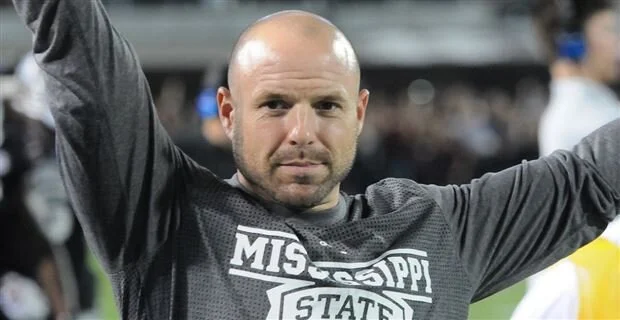Great information from a great strength coach. So much happens in the mind that will drive the body! I hope you can take this info and apply it to your program, teams and athletes
In the Strength and Conditioning realm, we have limited time with large numbers of athletes in a chaotic setting. This translates to fewer interaction opportunities than teachers may have in classrooms or sport coaches may have on the field. This means that each cue, correction, or other feedback is a valuable opportunity that we must capitalize on to maximize the outcomes we seek to attain.
The outcome we are all after is growth. Regardless of means, we are all trying to improve the physical capabilities of our athletes. In my opinion, we should also be working deliberately to grow the mental abilities of our athletes as well. Here are four ways I work to sharpen a growth mindset in the weight room.
1. Using calculated positive to negative feedback ratios.
Research has shown using positive to negative feedback ratios of anywhere between 2:1 and 6:1 to be most effective for increasing performance in students, athletes, and employees. There is a whole host of research that has proven the detrimental effects of using more negative than positive feedbacks on marriages, companies, and other organizations. Be intentional about pointing out specific positive behaviors you want to see duplicated. Compliment your athletes for exhibiting these skills publicly and personally, and you will see the behaviors more often. Be as objective as possible about the number of compliments you give out in comparison to critiques you verbalize.
2. Remind athletes of specific improvements from the past.
Being able to remind athletes of how far they have already come is a great way to spur them on toward further improvement. Showing them old numbers or video can provide concrete examples of their progress thus far. Joking with them about their initial resistance to coaching, technique fixes, or even the weight room in general is a subconscious reminder that you have had their best interest in mind the whole time, and that there is a bigger plan than just today or this week. If you can directly connect their growth with improved on-field performance, this can unlock buy-in stronger than you can create yourself.
3. Place coaching focus on “the controllables.”
Athletes that are frustrated with the outcome of their performance often lack a connection between putting effort into the things they can control, and how those can impact performance outcomes. Have an athlete frustrated with their strength or speed numbers? Athletes disappointed with these numbers might need to put more effort into mobility work, technical fixes, or even recovery methods like sleep and nutrition. Help your athletes identify these areas where they can improve. When we move focus from outcome focused to input focused, we allow athletes to regain a sense of control over their situations. When we feel our level of input can impact the outcome, we are much more likely to increase the effort we put in to affect the situation.
4. Always tell the truth and love your athletes to death.
In his fascinating book, The Culture Code, Daniel Coyle details the successes of the legendary NBA coach, Gregg Popovich. Throughout this book, one quote has remained with me in the years since I have read it. In an interview of what he thought “Pop” does well as a coach, one of his assistants broke it down simply and powerfully. He says “He’ll tell you the truth, with no bull----, and then he’ll love you to death.” This simple juxtaposition has been what I have worked toward in my coaching career. Pop’s ability to balance this “leadership pendulum” is one reason for his coaching success.
So where do we go from here? I believe intentionality to be the key to great coaching. We must realize that our job is more important than sets and reps. Be as intentional about fostering a mindset of improvement in your athletes as you about writing programs that help them develop physically. Our impact will be felt long after they graduate when you deliberately help inspire and challenge them to mature.
Adam Nelson MS, SCCC, CSCS, USAW-1
Strength & Conditioning Coach - Grand Rapids Catholic Central




